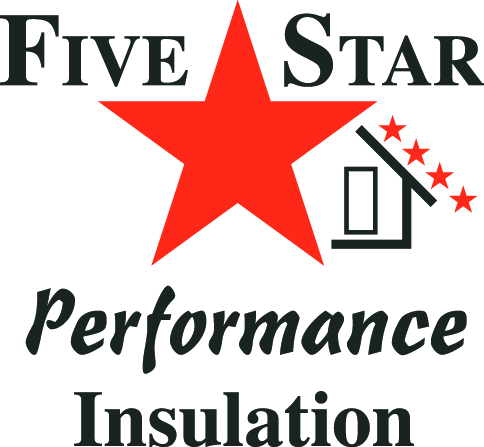Does Wet Insulation Need to Be Replaced?
Insulation plays a crucial role in maintaining the energy efficiency of a building. It helps in regulating the temperature inside a structure by preventing heat from escaping during winters and stopping heat from entering during summers. However, one common problem that can occur with insulation is moisture infiltration, leading to wet insulation. This raises the question: does wet insulation need to be replaced? In this blog post, we will explore this issue in detail, discussing the consequences of wet insulation and the appropriate actions that should be taken.
Understanding Wet Insulation
Before delving into the repercussions of wet insulation, it is important to understand what causes it in the first place. Wet insulation can occur due to a range of factors, such as water leaks from the roof, walls, or plumbing, condensation from excessive humidity, or even flooding. In some cases, moisture can also infiltrate insulation during its installation if it was not properly protected. Regardless of the cause, wet insulation can lead to numerous problems if not addressed promptly.
Consequences of Wet Insulation
1. Reduced Insulation R-value: When insulation becomes wet, its ability to resist heat flow diminishes significantly. The presence of moisture lowers the R-value, which is the measure of an insulation material’s thermal resistance. This means that wet insulation will provide less effective thermal protection, leading to increased energy consumption and higher utility bills.
2. Mold and Mildew Growth: Moisture buildup within insulation creates an ideal environment for mold and mildew to thrive. Mold can spread rapidly, releasing spores into the air that can potentially cause respiratory issues and allergies. If wet insulation is left unattended, it can become a breeding ground for these harmful microorganisms, posing a health risk to the building’s occupants.
3. Structural Damage: Moisture can also lead to structural deterioration over time. It can seep into wooden frames, causing rot and weakening the overall structure. Additionally, water can corrode metal components, compromising the integrity of the building. Prolonged exposure to moisture can result in expensive repairs and renovations to fix the damage caused by wet insulation.
Should Wet Insulation be Replaced?
The answer to whether wet insulation needs to be replaced depends on several factors, including the severity of the moisture infiltration, the insulation material used, and the extent of damage caused. In general, it is advisable to replace wet insulation to prevent further problems.
1. Extent of Moisture Infiltration: If the insulation is only mildly damp, without any noticeable mold growth or structural damage, it may be possible to salvage it by drying it thoroughly. However, this process can be time-consuming and labor-intensive, as all traces of moisture must be removed to prevent any future issues. It is crucial to consult a professional to assess the situation accurately.
2. Mold and Mildew Growth: If mold or mildew is present within the wet insulation, it is recommended to replace it entirely. Mold spores can spread quickly and even if the visible mold is removed, the microscopic spores may remain, continuing to pose a health risk. Mold remediation specialists should be brought in to handle the situation and ensure proper removal of affected insulation.
3. Structural Damage: If wet insulation has caused significant structural damage, replacement is unavoidable. Structural issues need to be addressed promptly to prevent further deterioration and ensure the safety of the building’s occupants. A thorough inspection by professionals will help determine the extent of the damage and recommend the appropriate course of action.
Final Thoughts
Wet insulation can have numerous detrimental effects, including reduced thermal resistance, mold growth, and structural damage. Although drying and salvaging wet insulation may be an option for minor moisture infiltration, it is generally recommended to replace it entirely to avoid potential health hazards and costly repairs. Regular inspections, maintenance, and prompt response to any signs of moisture infiltration are essential to preserve the efficiency and longevity of insulation in any building.
Got questions about your insulation? Let us help! Contact us today to learn more about what we can do for you!
